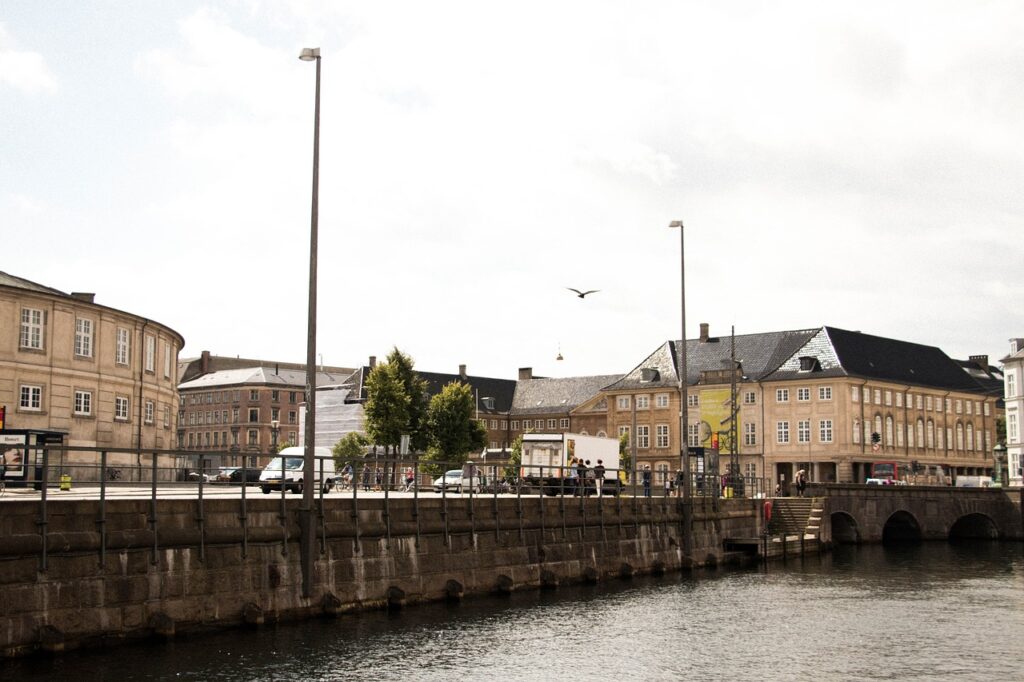The Best Scandinavian Cities for Solo Travel
Solo travel is a new trend! More and more people prefer traveling on their own rather than depending on the needs of their co-travelers. You can choose between thousands of suitable solo travel destinations, but Scandinavia is undoubtedly one of the best. In this article, we’ll present the best Scandinavian cities for solo travel to […]
The Best Scandinavian Cities for Solo Travel Read More »









